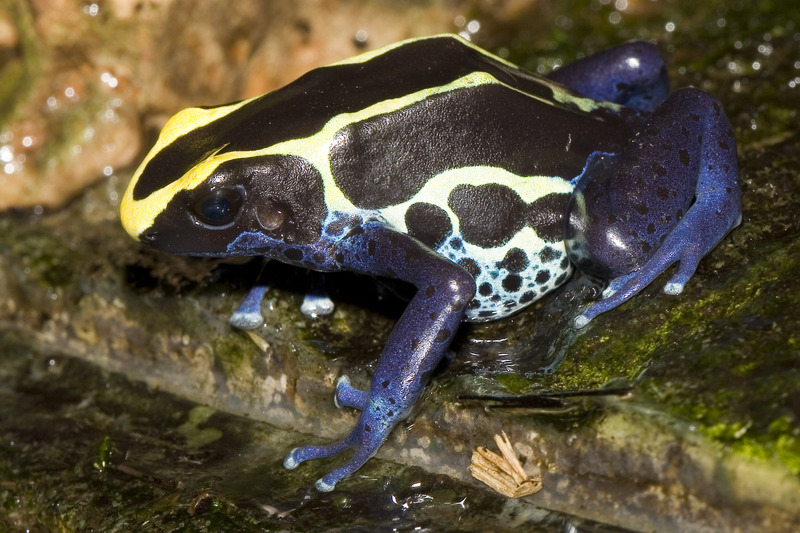|
| 질의: butterflies | 결과: 2526번째/2945 | |
Dyeing Poison Dart Frog (Dendrobates tinctorius)
| 제목: | Dyeing Poison Dart Frog (Dendrobates tinctorius)
| |

| 해상도: 2000x1333
파일크기: 616206 Bytes
촬영일: 2006:02:25 13:58:35
사진기: Canon EOS 20D (Canon)
F number: f/16.0
Exposure: 1/100 sec
Focal Length: 180/1
등록시간: 2007:08:29 01:06:54
|
|
|

